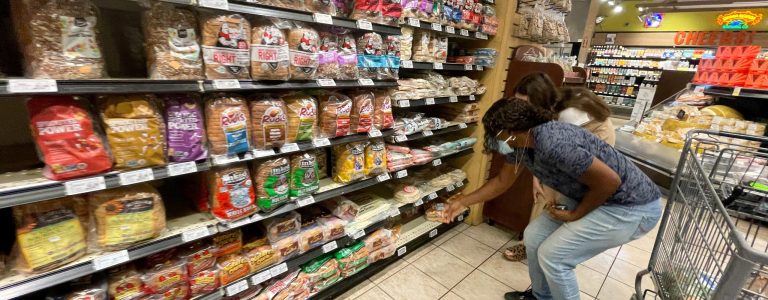
The U.S. economy is still running too hot for comfort. in January by 0.5% from the prior month, nudging the annual increase up to the psychologically testing 3% threshold. It’s another roadblock for further rate cuts from the Federal Reserve. More importantly, it leaves even less room for President Donald Trump, whose tariff plans could stoke inflation further. Something must give – raising the specter of recession.
Inflationary pressure is the result of a gaggle of disparate causes: egg prices were up 15% over the prior month; car insurance is nearly 12% more expensive than last year. Sure, prices for new vehicles, apparel, and medical care stayed stable or fell. But from all this noise emerges a strong upward trend: month-over-month price growth has increased progressively since October.
Investors have gotten the message, trimming expectations for any easing of monetary policy – and increasing their bets on renewed tightening. As of last week, markets were pricing in a 10% chance of higher interest rates by the end of 2025. On Wednesday, that rose closer to 20%, according to CME’s . Inflation expectations are rising: the University of Michigan’s consumer sentiment survey released on Friday showed the anticipated rise in prices over the next year jumped to 4.3% in February, up from 3.3% in January. Part of this is due to tariffs. Researchers at the estimate that currently paused 25% duties on Mexico and Canada, plus an actually imposed 10% duty on China, would yield an increase of up to 0.8%. Levies on steel and proposed tit-for-tat tariffs would add to the burden.
This is perhaps not the world people in the administration thought they were going to inhabit. Trump promised throughout his campaign to lower prices on his first day in office, with a particular focus on gasoline and eggs, which notched some of the largest cost increases across categories recorded in January. Throttling government spending now seems to be the preferred remedy. Advisor and Tesla boss Elon Musk has declared it the cause of inflation. National Economic Council Director told CNBC on Monday that lower aggregate demand is needed, a big component of which is the federal budget.
Of course, if consumer demand falters alongside reduced government expenditures, the U.S. would likely fall into a recession, given that upwards of two-thirds of economic activity comes from consumer spending. There are some worrying signs already from corporate America, with Kraft Heinz shares opening 7% lower in early trading on Wednesday after the Oscar Mayer owner said that falling sales were pressured by price increases. Trump would be better off simply dialing back costly plans.
Context News
U.S. inflation rose 3% over the prior year in January, the Bureau of Labor Statistics said on February 12. National Economic Council Director Kevin Hassett said on February 10 that to bring inflation down, “you have to increase supply and reduce aggregate demand.”
Breakingviews


